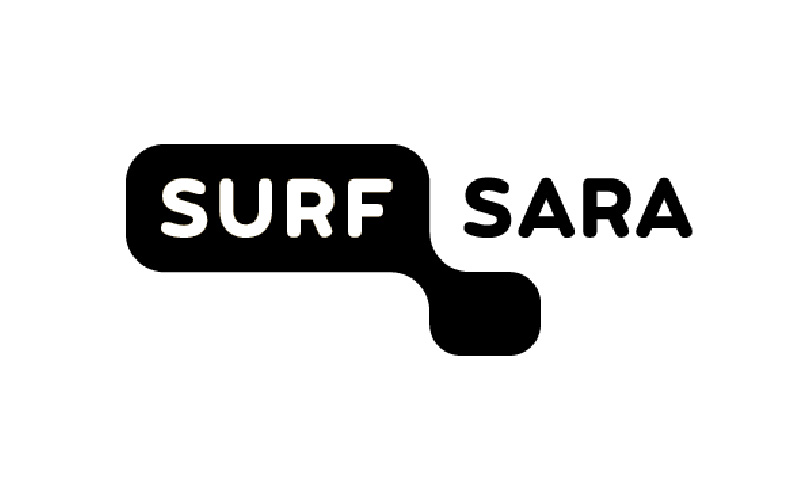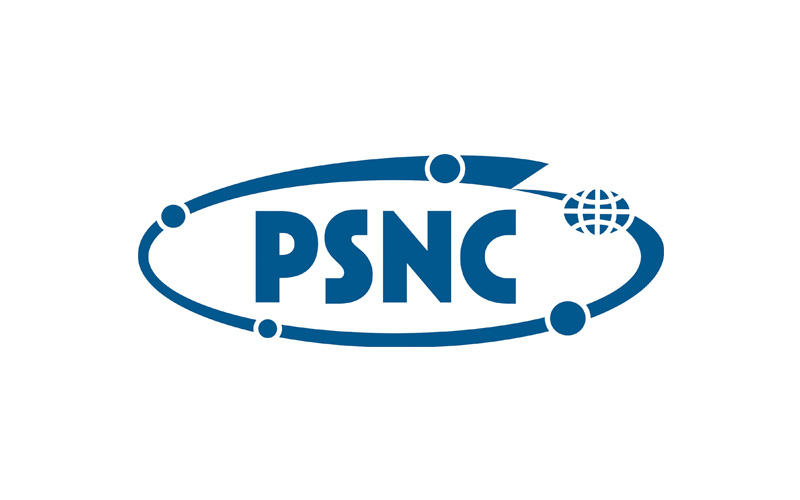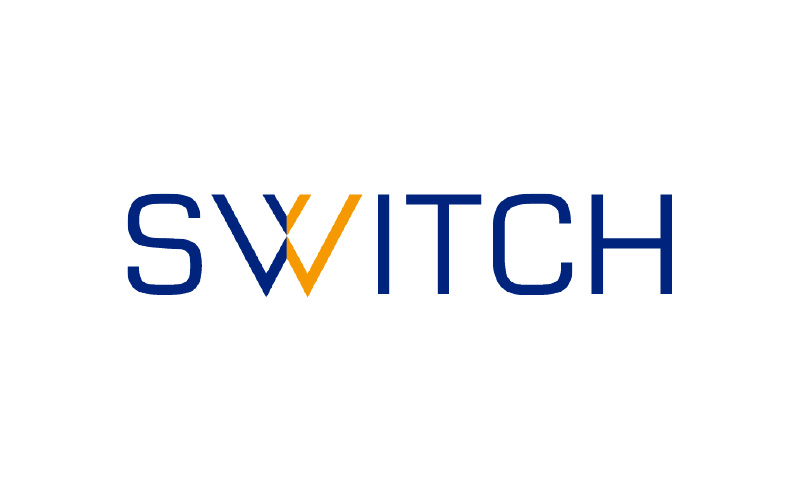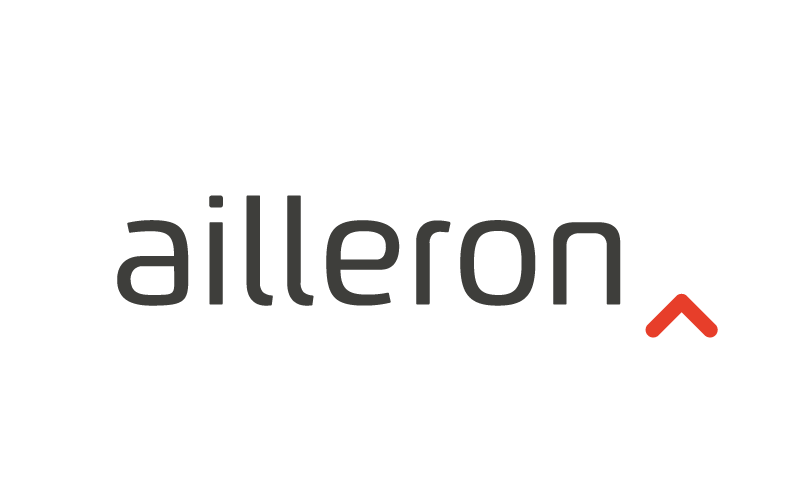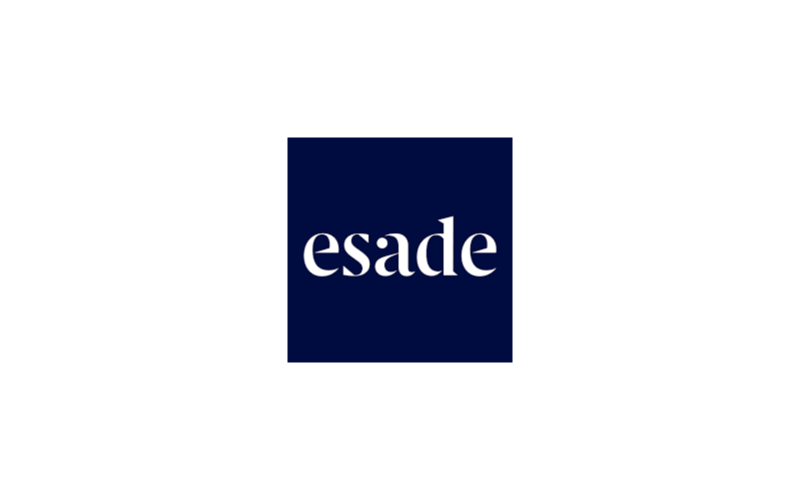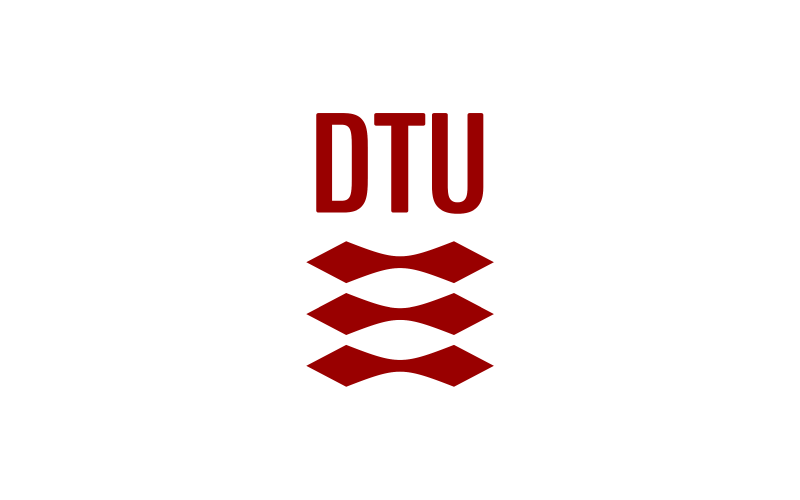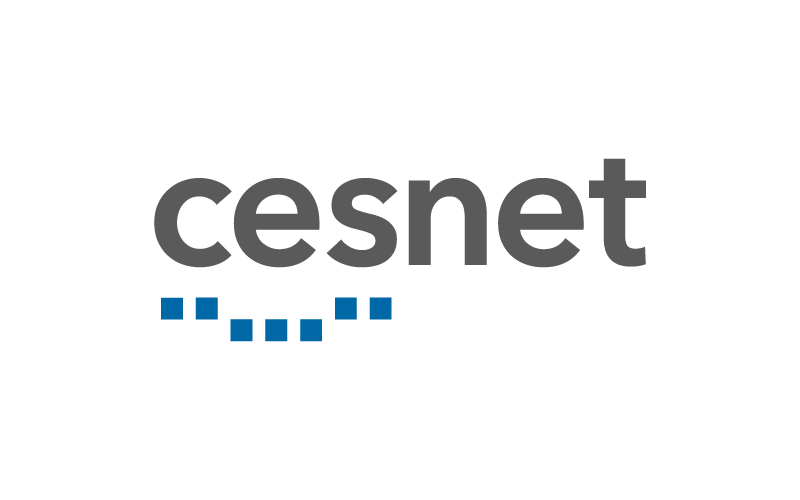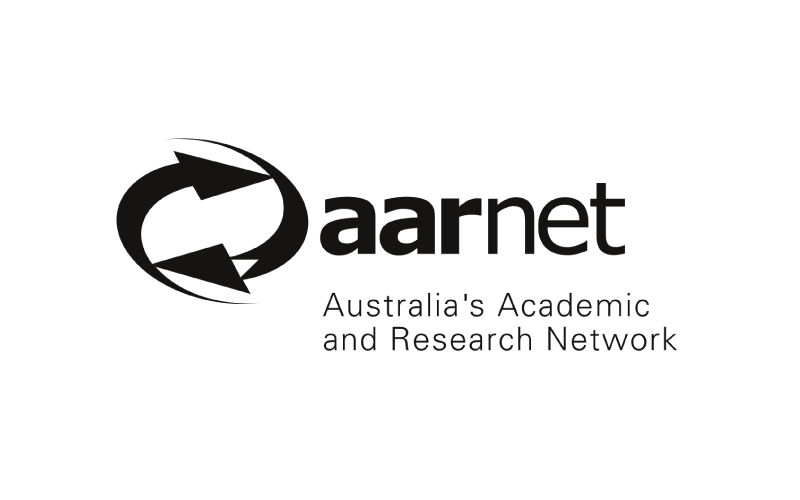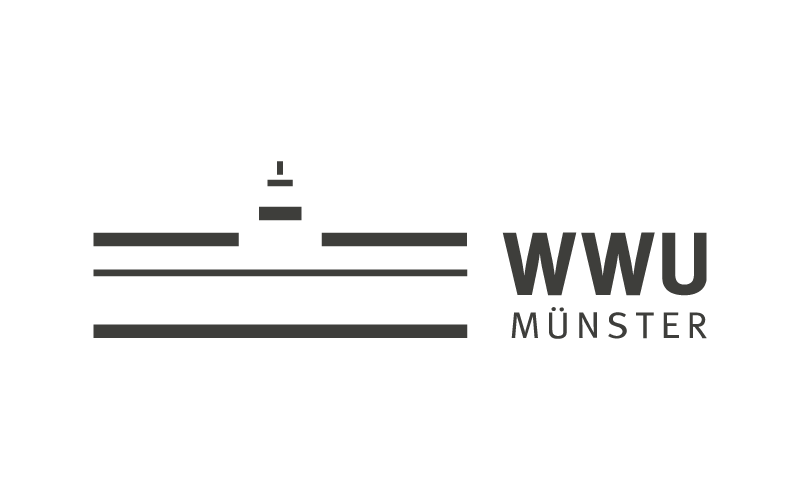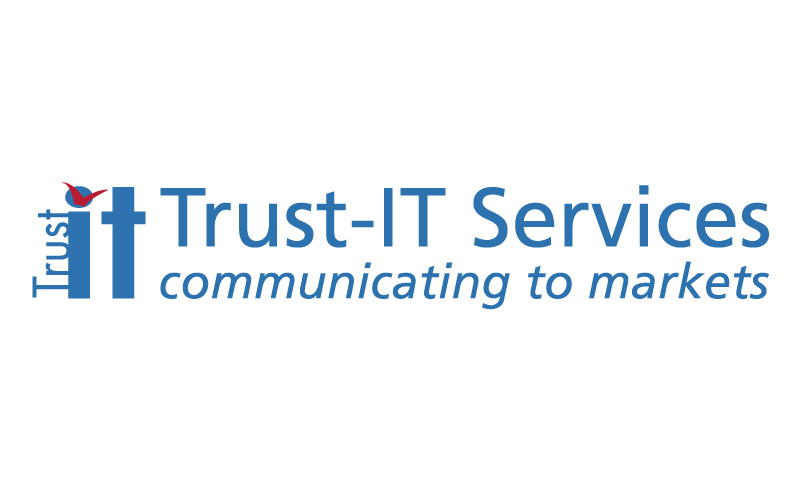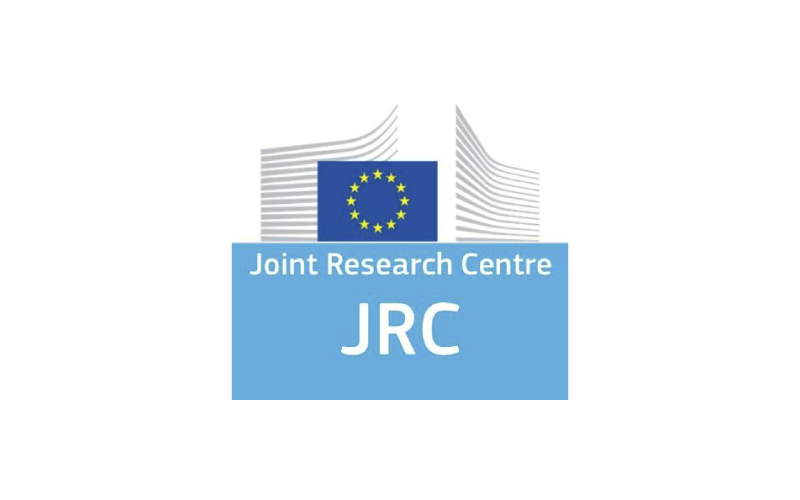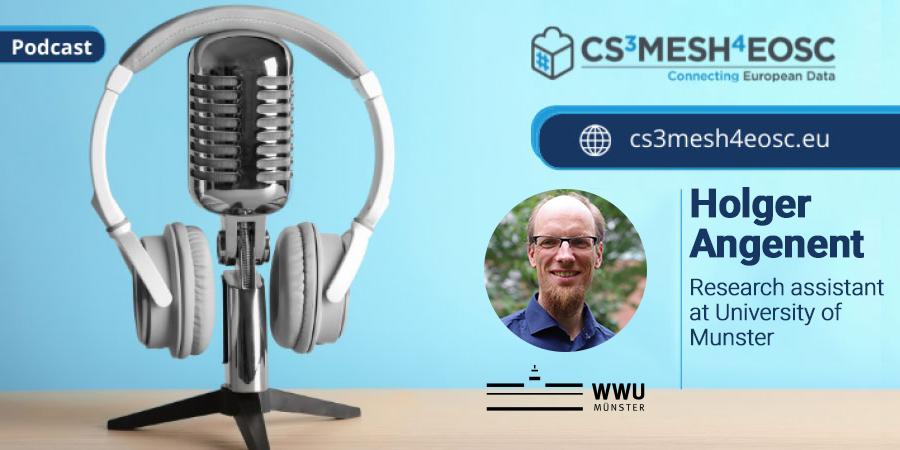
- 03 March 2023
Collaborative Documents | Simultaneously edit documents in safe European cloud environments - 4th Podcast with Holger Angenent from CS3MESH4EOSC and University of Munster
CS3MESH4EOSC is kicking off its 4th Podcast episode: “Collaborative Documents | Simultaneously edit documents in safe European cloud environments - 4th Podcast with Holger Angenent from CS3MESH4EOSC and University of Munster”. This episode is focused on the “Collaborative Documents”, one of the main categories of services of the Science Mesh. The Collaborative Documents allows the simultaneous editing of documents in safe, EU-based, cloud environments.
Collaborative Documents
Collaborative Documents is a platform where users can edit documents together with other people, it is like Google docs, but is much more than that.
With google, you can do that with Word, Excel and PowerPoint-like programs, the well-known “office software”.
With Collaborative Documents from the Science Mesh, you can do this with these office programs but also other programs for other formats like Markdown will be available.
With “Collaborative Documents” users have a wider option of document editors that can be done simultaneously, like “Onlyoffice”, which is basically LibreOffice online and focuses on open document format files.
You can listen to the podcast here below
Stay always up to date:
What Is the Science Mesh?
The motivation behind the creation of the Science Mesh was to provide researchers, educators, data curators and analysts with the ability to control and share data and datasets remotely, across borders in a secure and easy way. The platform interconnects nodes from different European countries to create a bigger platform where users can recombine their data with others. From a cost-effectiveness point of view, the Science Mesh is attractive to operators; without it, each site would be responsible for the development of their own science-facing capabilities.
The Science Mesh levels this playing field and allows operators to reuse locally a science-facing capability that has been developed elsewhere in the Science Mesh. Another important point is that the Science Mesh is a horizontal infrastructure, that is, it can be used regardless of the scientific domain of the user (e.g. social sciences, earth observation). Its base offering is generic enough that it is useful to a broad spectrum of worldwide science communities; specific domain relevance is attained through the development of science-facing plugins. Science Mesh aims to bring all science data and science identities together. The time to work in “silos” and isolated from each other should be over.
Science Mesh next steps – Applications integration
CS3MESH4EOSC has the ambition of involving groups beyond the core consortium partners in co-design and co-development of the service. Still being in its development phase, the Science Mesh is integrating services from third parties into the mesh, to enlarge the platform in different kinds of services: the one explained now, the Open Data Systems, Data Transfer and Collaborative Editing. Follow the CS3MESH4EOSC to receive updates about the latest developments.








